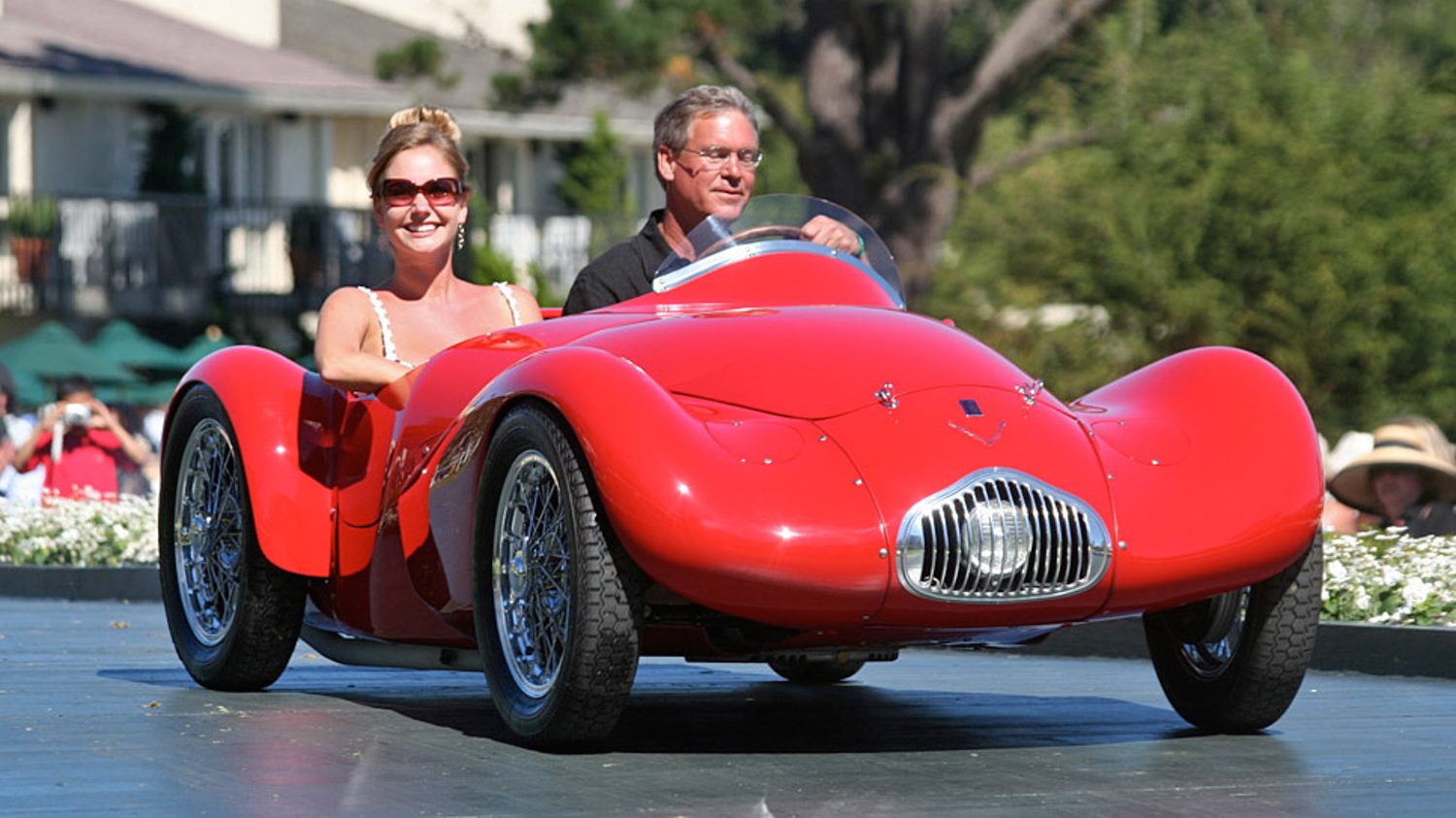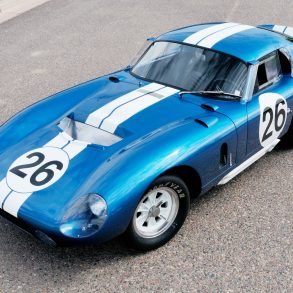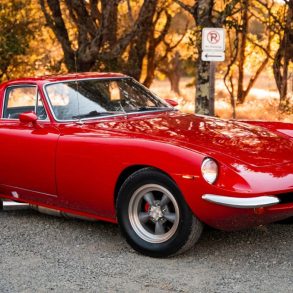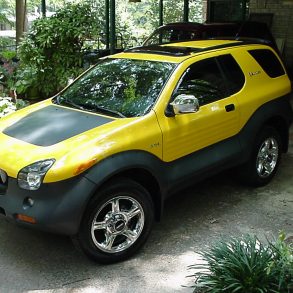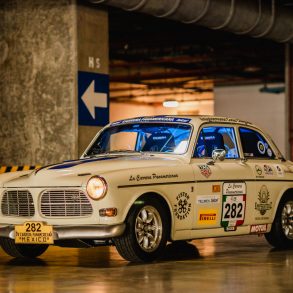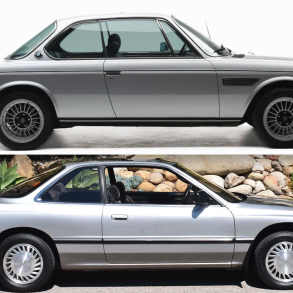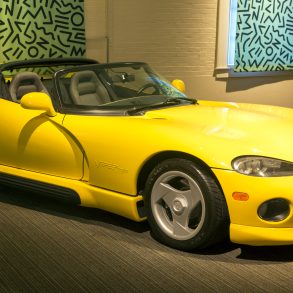Italians do some great things with cars. Well, to be fair, they pretty much do everything with a great deal of artistry and passion. It doesn’t take much to get into their history of art, sculpture, music, food, dance, and cars to realize how captivating their culture is. But my focus is their beautiful cars and the Italian driving culture around making small cars just as captivating and enjoyable as larger displacement cars. Part of this has been historically motivated by their small streets, tight passages between buildings, and the government system that taxes cars by the size of their engine. But a great deal of it has to do with the magic of making a beautiful object, regardless of the scale or power.
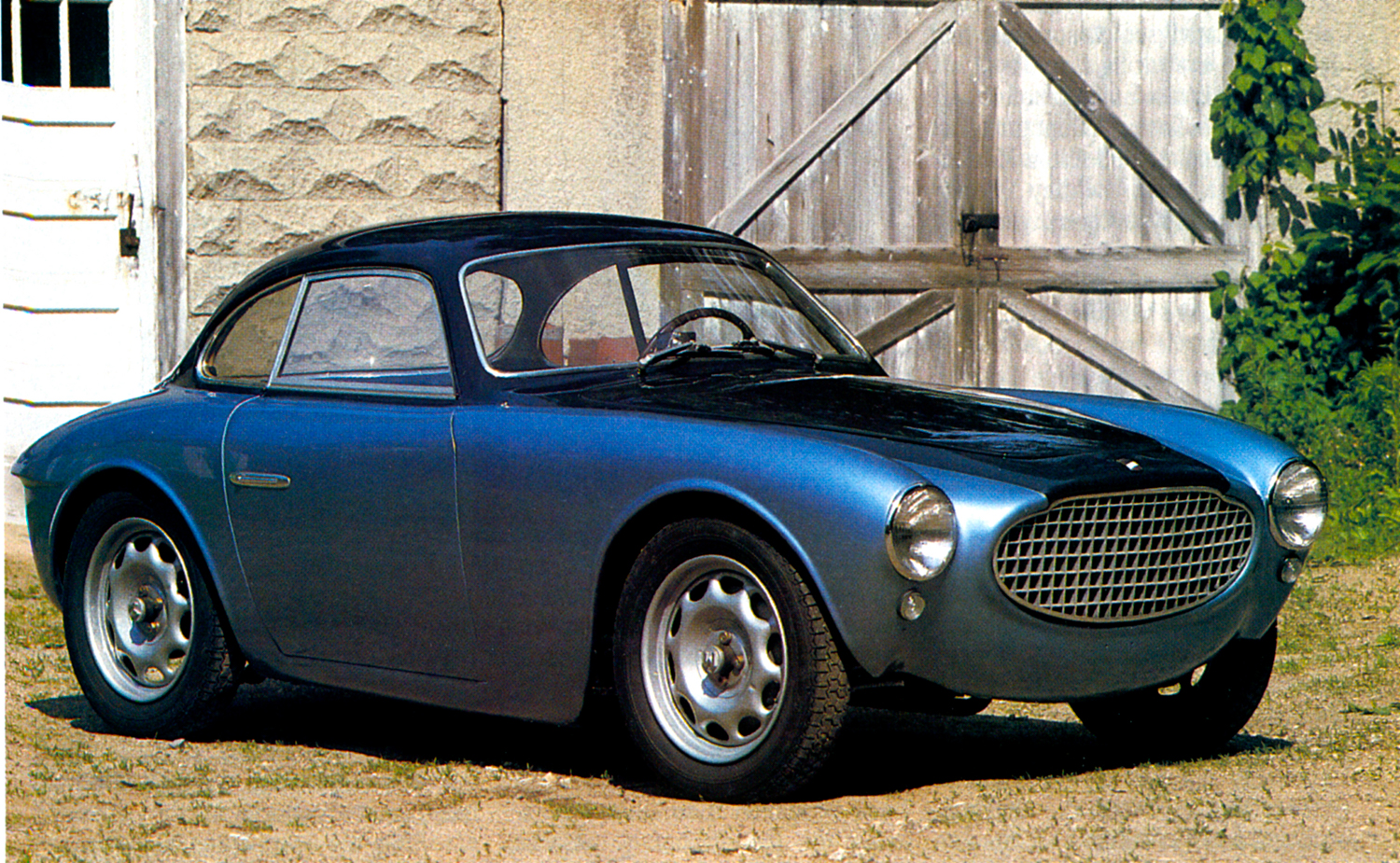
Italy was in pretty poor shape after the war. Although resources were slim, Italians were clever with what little they had, using limited ingredients to “cook” in remarkable ways. When it came to transportation, the vast majority of what Italians could afford were bicycles, scooters, or very small cars. The earliest iteration of the Fiat Topolino was a fantastic little pre-war car that delivered economy and style, allowing families of even modest means a way to get around town and explore distant cities with confidence.
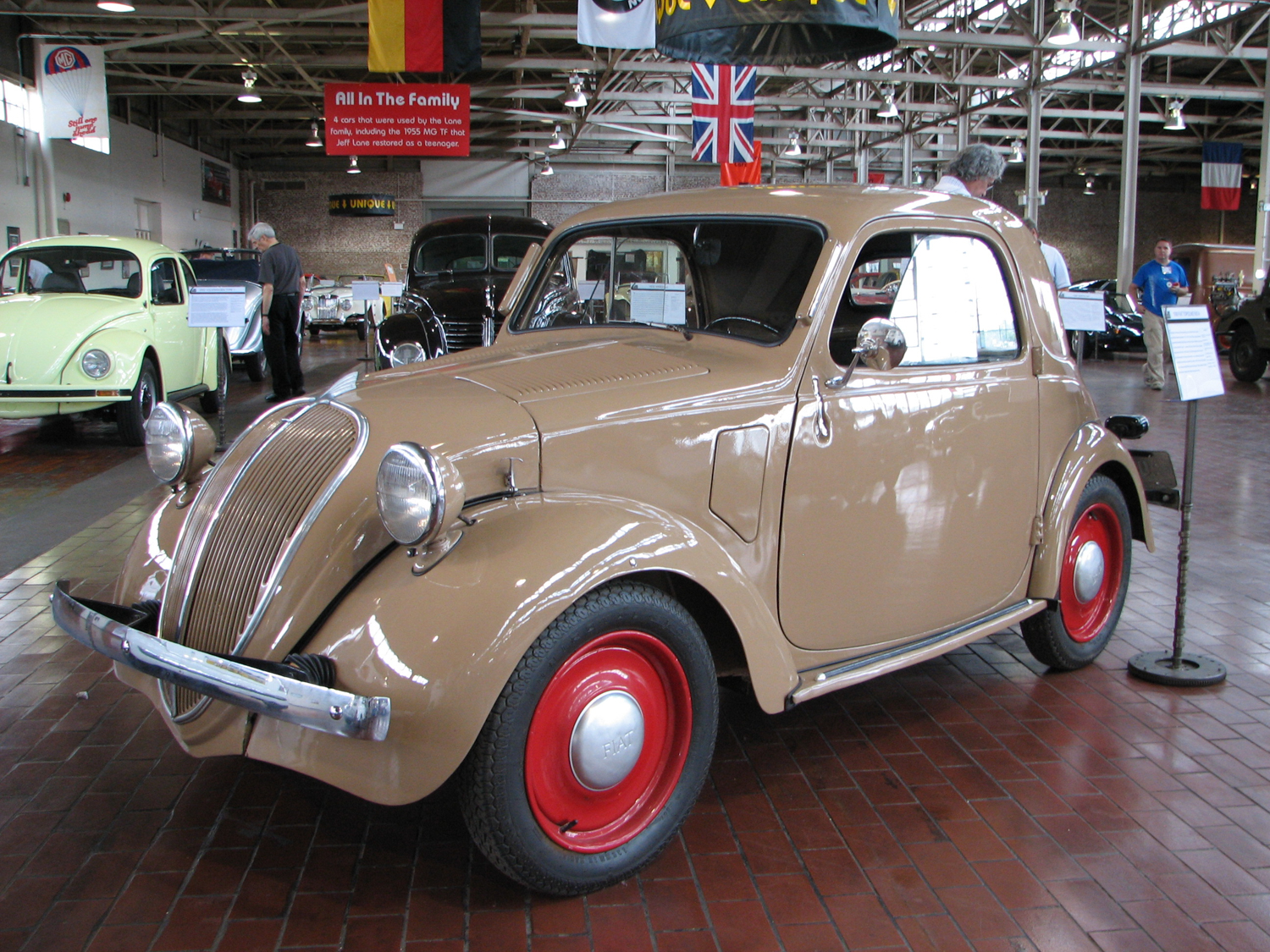
But it also spawned a whole new area of sports car development after the war. In the 1950s dozens of Italian shops sprung from out of nowhere, inviting sporting enthusiasts to fabricate their own small-bore competition cars. Bandini, Nardi, Taraschi, Urania, Giaur, Stanguellini, Ermini, Giannini, and so many others began building some of the most amazing little sportscars the world had ever seen. Though these were limited runs of largely handmade cars, the impact was crucial to the growing sports car market and was seminal in making production sports cars an important part of automotive history.
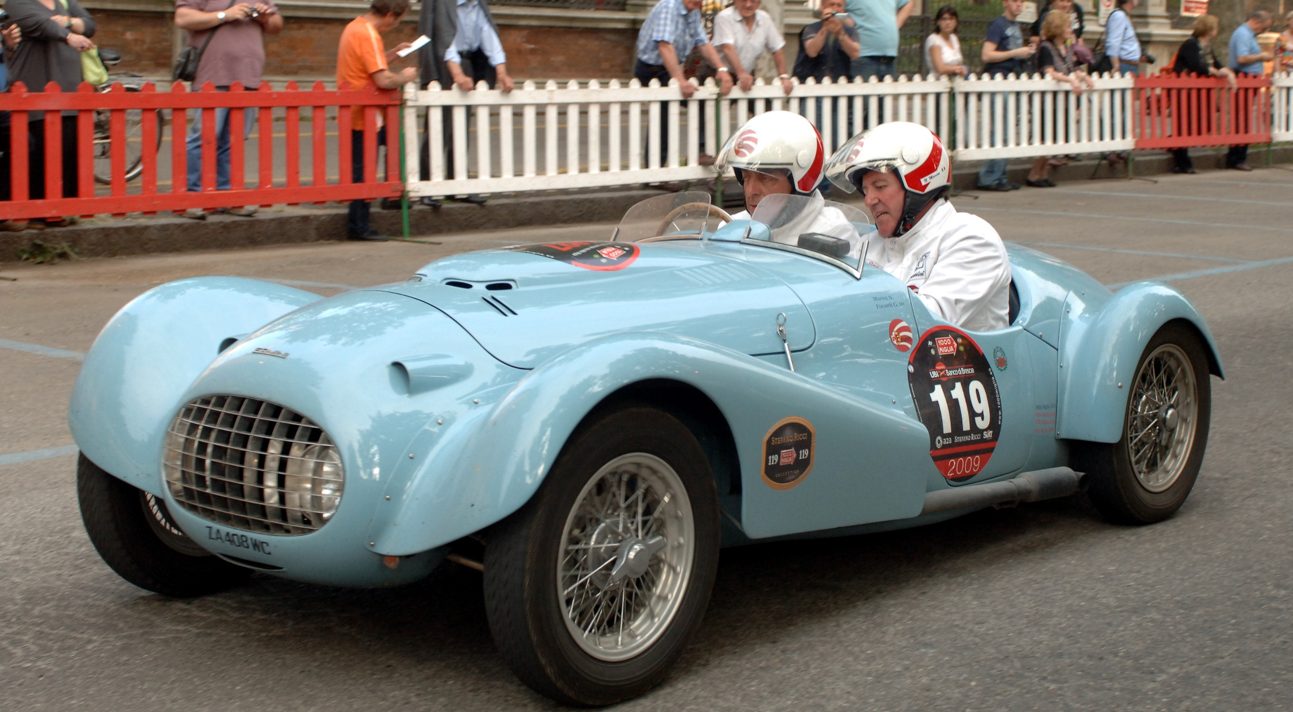
As many of these innovators had done military service, they were experienced with aircraft construction and repair. So, it was only logical that the aluminum skins and steel stringer construction of airplanes would apply itself to the body and frame ideas of these lightweight sports cars. Using the readily available Fiat Topolino brakes, suspension, and gearbox, larger engines were sourced from all sorts of other areas including the American Crosley 750-cc engine, but also motorcycle engines, and specially tuned Fiat engines. Multiple carburetion intake manifolds, tuned exhaust, improved ignition, and sometimes even twin-cam heads were all developed for these fun and effective sports and competition cars.
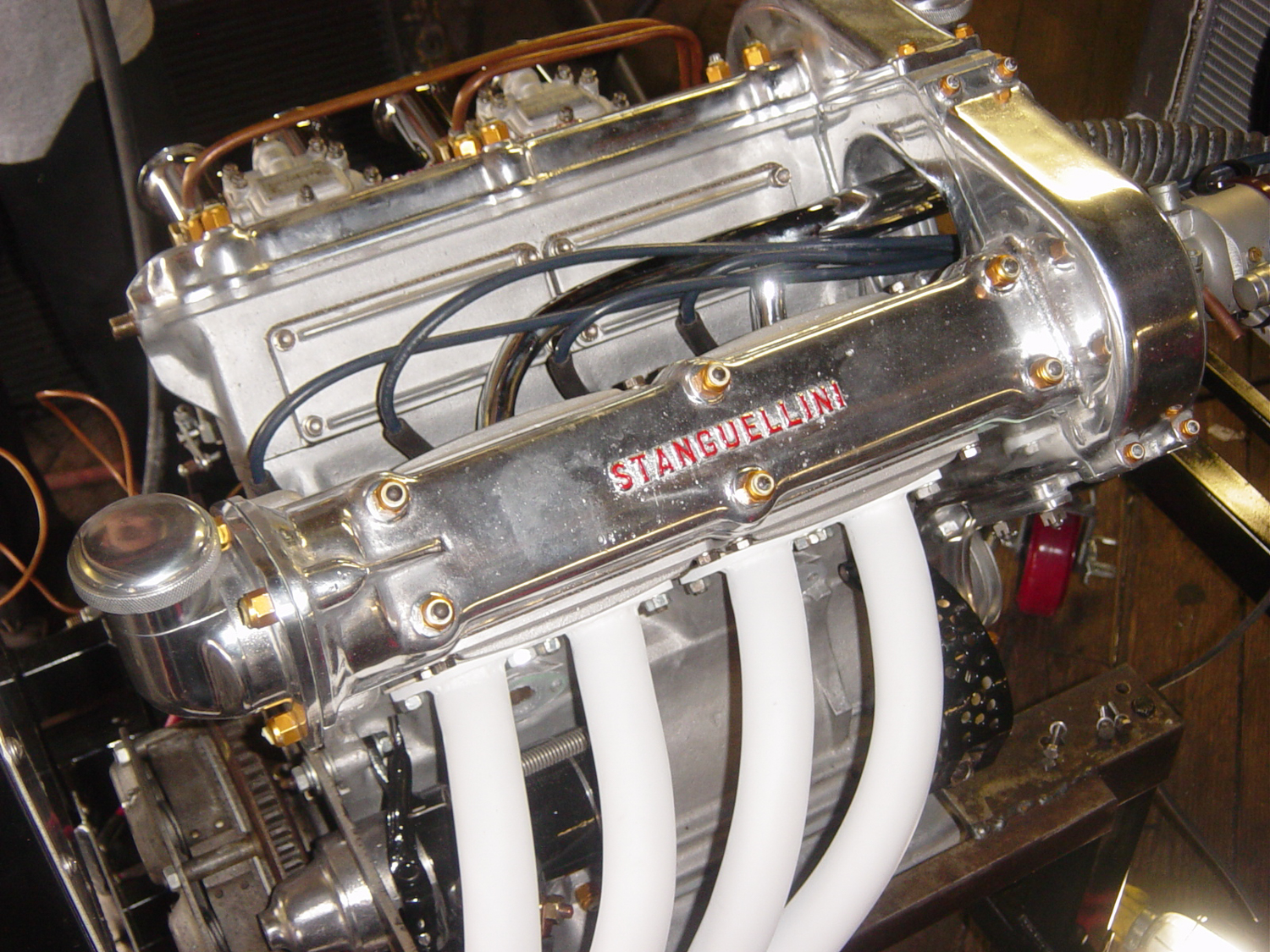
For body design, a great deal of the fabrication and development was predicated on making smaller versions of larger sportscars offered from Alfa-Romeo, Ferrari, and Maserati. But the look and feel of these unique cars was far more than just a scaled down variant – these small displacement racers had their own approach, a combination of minimalism, fun, and distinctive charm; an approach that is desperately needed today.
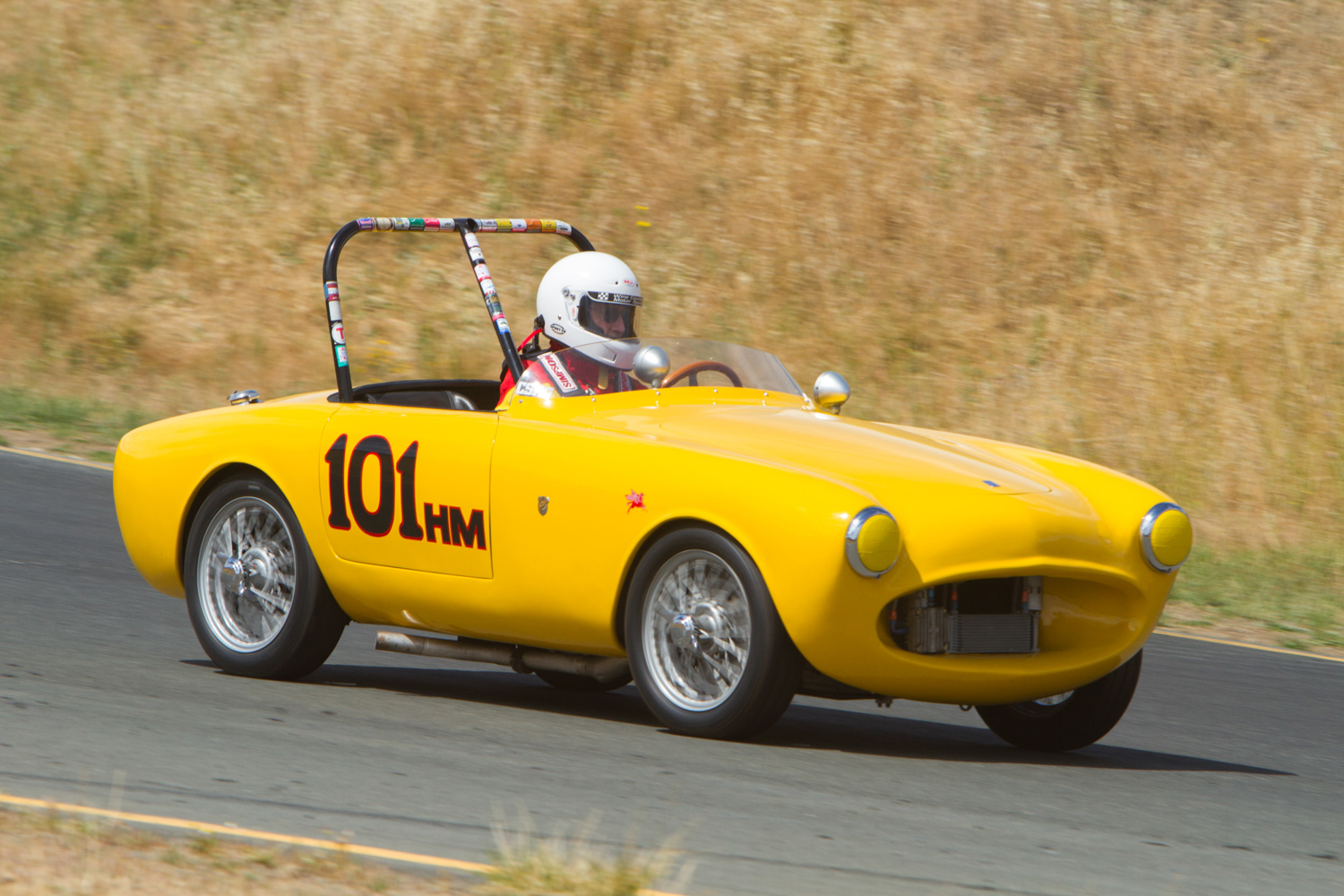
Today the modern sports car is heavy, wide, enormously over-powered, and dripping with the latest technology. Modern designs incorporate significant life-saving technology, improved ergonomics, and convenience features. All of these features and benefits make for a far superior sports car in every respect, but all this comes at a high price, and there is no low-cost option for a buyer who wants to enjoy a sports car with lightweight design, small footprint, economical fuel consumption, and remarkable performance. When I study the market options out there today, the only conclusion is that the best and most appropriately balanced sports car available is the motorcycle. If it had four wheels, it would be the perfect car.
We’ve seen versions of these sorts of “cars” in the form of three-wheeled motorcycles with 4-cylinder car engines and some creature comforts, but these are still largely motorcycles. Even an Ariel Atom, admittedly a pretty great answer, is still a $75,000.00 car. Further examples might be a Cobra kit car, or a homebuilt variation of a former vintage car. But here too, these are not suitable for a growing youth market. What the market desperately needs is a cottage industry allowance under U.S., regulatory exemption, to allow start-up companies to build a low cost, performance-based sports car. I foresee these cars with lightweight composite bodies, a 500-750-cc engine or electric motor —both capable of generating 125 hp—a manual shift gearbox, disc brakes, two seats, and minimal weather protection. If purchasing, the car would be priced at $19,900.00 for the basic stripped-down unit. Things like carpeting, radio, windshield wipers, even body panels, or larger trunk capacity, could all be options. The basic design would be modular and allow for easy changes to the body or interior as needed. There could even be “body shops” you drive into and have the panels changed in a matter of hours, or perhaps they would have a 3D printer and you can CAD-up your own designs and send them to the shop to grow and install. Personal colors and graphics might even be done with custom wraps or branding support from fashion or media companies.
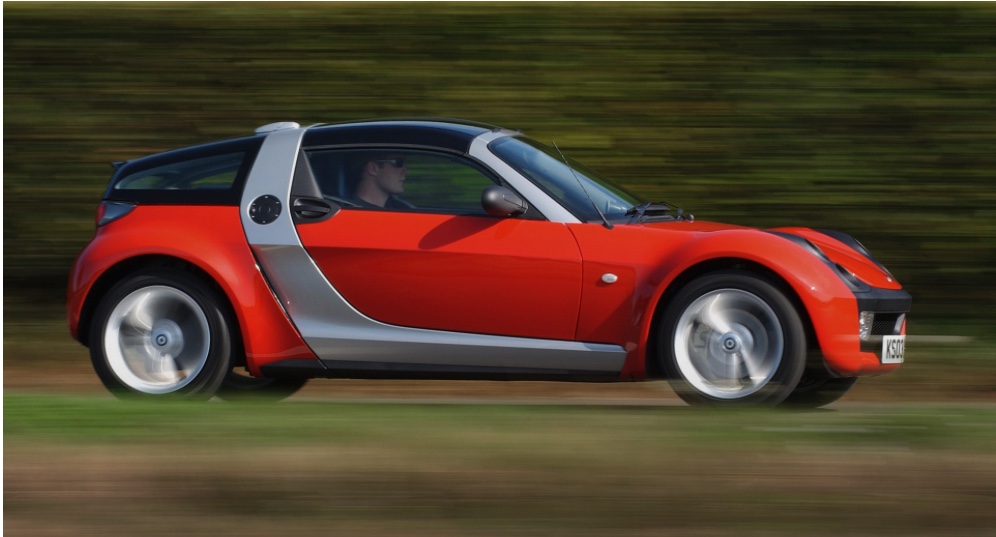
Twenty years ago, Smart offered a version of this idea in their Smart Roadster. Although the platform was plagued with stability issues, they still were able to sell almost 50,000 of these cars in Europe alone. They never made it to the U.S.
With so many people changing their driving habits and evolving away from the use of personal cars, a car like this might also benefit from being part of a user pool where no one “owns” a specific car, rather, the owner buys a monthly subscription to allow for a certain number of use days. These might come with other social or entertainment perks and premiums as part of the monthly package. A car like this would not only be fun and engaging to use, I believe it would invite a new generation back to the joy of simple driving, with manageable power, user engagement, and good old-fashioned joy.


